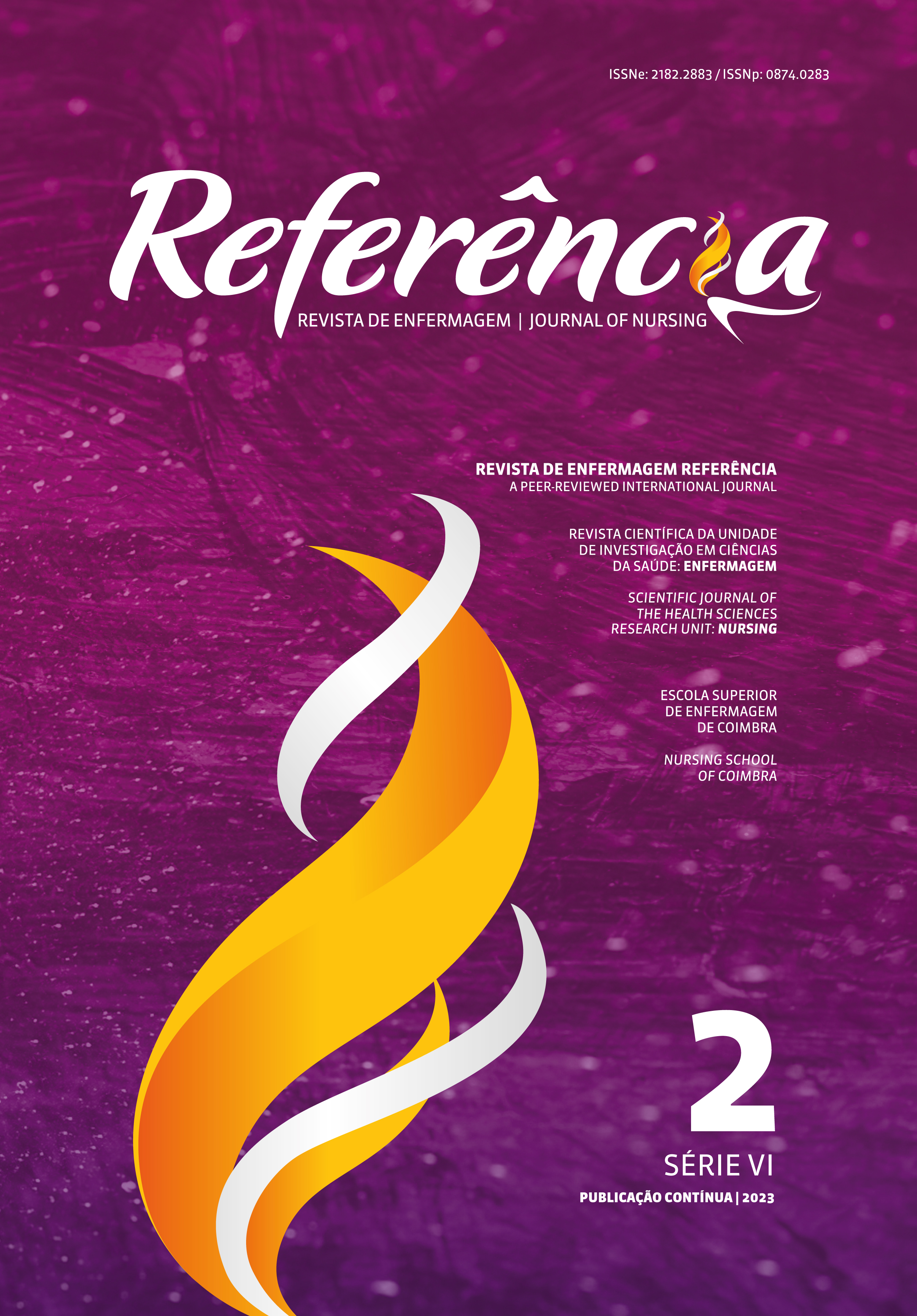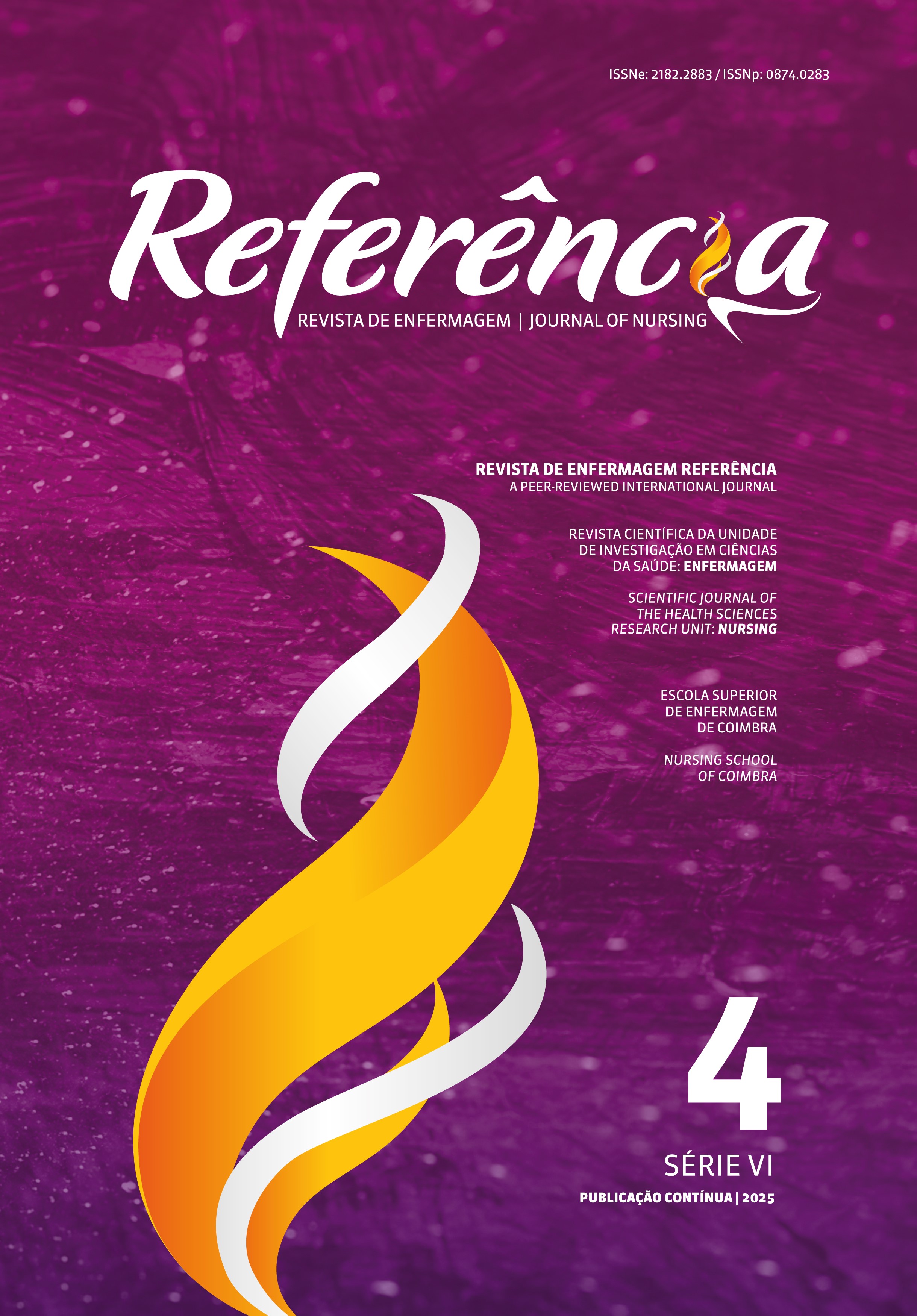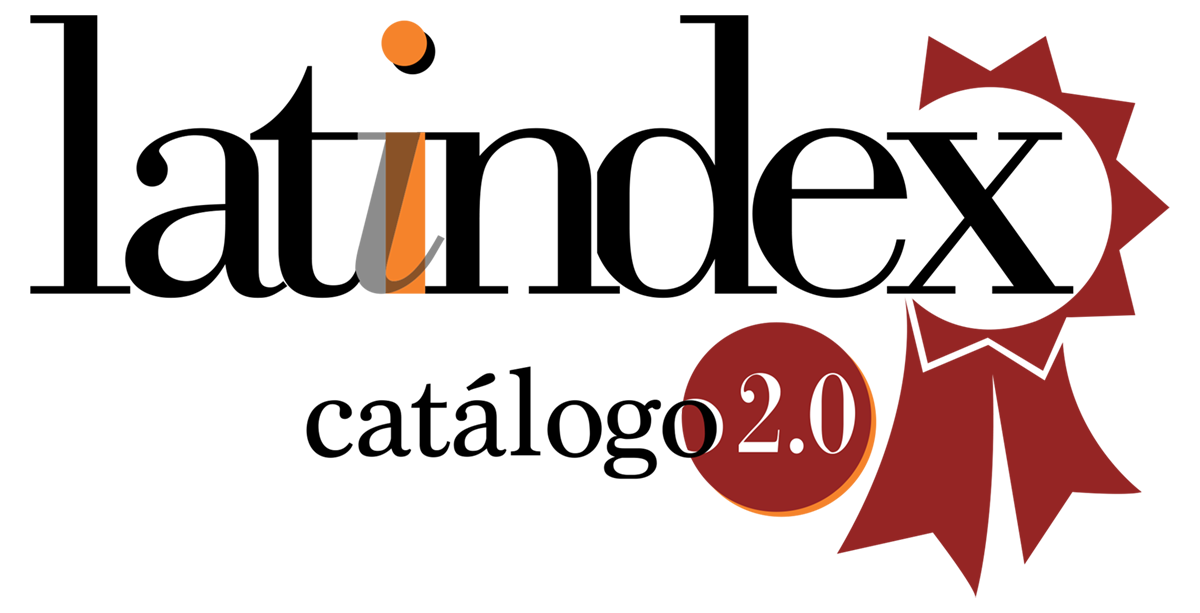Reabilitação precoce à pessoa em situação crítica com fraqueza muscular adquirida em UCI: Um estudo quasi-experimental
DOI:
https://doi.org/10.12707/RVI22057Palavras-chave:
cuidados críticos, resultados de cuidados críticos, enfermagem em reabilitação, debilidade muscularResumo
Enquadramento: A fraqueza muscular adquirida em cuidados intensivos é uma complicação importante e a reabilitação precoce potencia uma melhoria dos resultados na pessoa em situação crítica.
Objetivo: Analisar os resultados na pessoa em situação crítica com diagnóstico de fraqueza muscular adquirida em cuidados intensivos, sensíveis à intervenção de enfermagem de reabilitação.
Metodologia: Estudo quasi-experimental, com amostra não probabilística constituída por 80 pessoas, distribuídas em grupos experimental e de controlo. Os grupos receberam o mesmo padrão de cuidados de enfermagem de reabilitação, diferindo em quantidade e frequência consoante o intervalo temporal.
Resultados: Os participantes do grupo experimental apresentaram maior independência funcional na transferência, maior força muscular no momento da alta, diminuição do número médio de dias de sedação, de ventilação mecânica invasiva, e de internamento e do score do Therapeutic Intervention Scoring System 28 na alta.
Conclusão: O aumento em quantidade e frequência da intervenção de enfermagem de reabilitação permitiu uma melhoria dos resultados na pessoa em situação crítica.
Downloads
Referências
Cullen, D. J., Civetta, J. M., Briggs, B. A., & Ferrara, L. C. (1974). Therapeutic intervention scoring system: A method for quantitative comparison of patient care. Critical Care Medicine, 2(2), 57–60. https://pubmed.ncbi.nlm.nih.gov/4832281/
Data Management Service of the Uniform Data System for Medical Rehabilitation and the Center for Functional Assessment Research. (1986). Australian guide for use of the uniform data set for medical rehabilitation including the functional independence measure: Version 3.1. State University of New York at Buffalo.
Eggmann, S., Verra, M. L., Luder, G., Takala, J., & Jakob, S. M. (2016). Effects of early, combined endurance and resistance training in mechanically ventilated, critically ill patients: A study protocol for a randomised controlled trial. Trials, 17(403), 1–11. https://doi.org/10.1186/s13063-016-1533-8
Eggmann, S., Verra, M. L., Luder, G., Takala, J., & Jakob, S. M. (2018). Effects of early, combined endurance and resistance training in mechanically ventilated, critically ill patients: A randomized controlled trial. Plos One, 13(11), 1–19. https://doi.org/10.1371/journal.pone.0207428
Ely, E. W., Truman, B., Shintani, A., Thomason, J. W., Wheeler, A. P., Gordon, S., Francis, J., Speroff, T., Gautam, S., Margolin, R., Sessler, C. N., Dittus, R. S., & Bernard, G. R. (2003). Monitoring sedation status over time in ICU patients: Reliability and validity of the richmond agitation-sedation scale (RASS). Journal of the American Medical Association, 289(22), 2983–2991. https://doi.org/10.1001/jama.289.22.2983
Gruther, W., Pieber, K., Steiner, I., Hein, C., Hiesmayr, J. M., & Paternostro-Sluga, T. (2017). Can early rehabilitation on the general ward after an intensive care unit stay reduce hospital length of stay in survivors of critical illness?: A randomized controlled & trial. American Journal of Physical Medicine Rehabilitation, 96(9), 607-615. https://doi.org/10.1097/PHM.0000000000000718
Hashem, M. D., Nelliot, A., & Needham, D. M. (2016). Early mobilization and rehabilitation in the ICU: moving back to the future. Respiratory care, 61(7), 971-979. https://doi.org/10.4187/respcare.04741
Huang, D., Zhao, W., Chen, Y., Shen, B., Wang, Y., Guan, H., & Luo, W. (2021). Effect of mechanical ventilation and pulmonary rehabilitation in patients with ICU-acquired weakness: A systematic review and meta-analysis. Annals of Palliative Medicine, 10(9), 9594-9606. https://doi.org/10.21037/apm-21-1928
Lang, J. K., Paykel, M. S., Haines, K. J., & Hodgson, C. L. (2020). Clinical practice guidelines for early mobilization in the ICU: A systematic review. Critical Care Medicine 48(11), e1121–e1128. https://doi.org/10.1097/CCM.0000000000004574
Gall, J. R., Loirat, P., Alperovitch, A., Glaser, P., Granthil, C., Mathieu, D., Mercier, P., Thomas, R., & Villers, D. (1984). A simplified acute physiology score for ICU patients. Critical Care Medicine, 12(11), 975-977. https://doi.org/10.1097/00003246-198411000-00012
Medical Research Council. (1943). Aids to the examination of the peripheral nervous system. Her Majesty’s Stationery Office.
Moreno, R., & Morais, P. (1997). Outcome prediction in intensive care: results of a prospective, multicentre, Portuguese study. Intensive Care Medicine, 23, 177–186. https://doi.org/10.1007/s001340050313
National Institute for Health and Care Excellence. (2020). Supporting adult carers. https://www.nice.org.uk/guidance/ng150/resources/supporting-adult-carers-pdf-66141833564869
Nassar Junior, A. P., Pires Neto, R. C., Figueiredo, W. B., & Park, M. (2008). Validity, reliability and applicability of Portuguese versions of sedation-agitation scales among critically ill patients. Sao Paulo Medical Journal, 126(4), 215–219.
https://www.scielo.br/j/spmj/a/mp4wKYWf6pf8TbqMbGmSH6j/?lang=en&format=pdf
Nydahl, P., Diers, A., Günther, U., Haastert, B., Hesse, S., Kerschensteiner, C., Klarmann, S., & Köpke, S. (2018). Protokollbasierte mobilisierung auf Intensivstationen: Design einer clusterran domisierten pilotstudie. Medizinische Klinik – Intensivmedizin Und Notfallmedizin, 113(7), 581–592. https://doi.org/10.1007/s00063-017-0358-x
Piva, S., Fagoni, N., & Latronico, N. (2019). Intensive care unit–acquired weakness: Unanswered questions and targets for future research. F1000Research, 8(508), 1–10. https://f1000research.s3.amazonaws.com/manuscripts/19002/81f9b867-6957-446f-9de1-88a0568d2266_17376__latronico.pdf?doi=10.12688/f1000research.17376.1&numberOfBrowsableCollections=94&numberOfBrowsableInstitutionalCollections=4&numberOfBrowsableGateways=51
Knaus, W. A., Zimmerman, J. E., Wagner, D. P., Draper, E. A., & Lawrence, D. E. (1981). APACHE-acute physiology and chronic health evaluation: A physiologically based classification system. Critical Care Medicine, 9(8), 591-597. https://doi.org/10.1097/00003246-198108000-00008
Schoeller, S. D., Martins, M. M., Ribeiro, I., Lima, D. K., Padilha, M. I., & Gomes, B. P. (2018). Breve panorama mundial da enfermagem da reabilitação. Revista Portuguesa de Enfermagem de Reabilitação, 1(1), 6–12. https://doi.org/10.33194/rper.2018.v1.n1.01.4388
Vanhorebeek, I., Latronico, N., & Van den Berghe, G. (2020). ICU-acquired weakness. Intensive Care Medicine, 46(4), 637–653. https://doi.org/10.1007/s00134-020-05944-4
Vincent, J. L., Mendonça, A., Cantraine, F., Moreno, R., Takala, J., Suter, P. M., Sprung, C. L., Colardyn, F., & Blecher, S. (1998). Use of the SOFA score to assess the incidence of organ dysfunction/ failure in intensive care units: Results of a multicenter, prospective study. Critical Care Medicine, 26(11), 1793-1800. https://doi.org/10.1097/00003246-199811000-00016






















